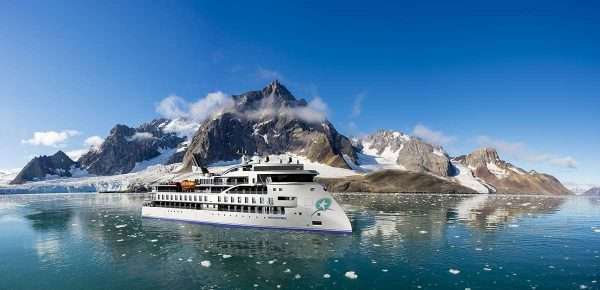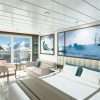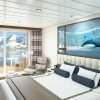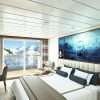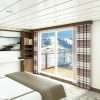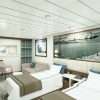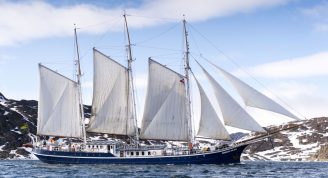Description
Welcome Aboard!
These notes will give you a brief idea of what you may experience on this voyage. Our emphasis is on wildlife encounters, personal contact with the environment and visiting sites of historical interest. However, we stress that this is an expedition-style cruise. Our actual program will vary to take best advantage of local conditions, spontaneous opportunities and wildlife. No two voyages are the same; there is always an element of the unexpected.
Franz Josef Land is an archipelago located in the Arctic Ocean, Barents Sea and Kara Sea. It is 1300 kilometres from Murmansk and in 900 kilometres from the North Pole. Franz Josef Land consists of 191 islands, which cover an area of 16,134 square kilometres, stretching 375 kilometres from east to west and 234 kilometres from north to south. It is a sanctuary of Arctic wild life: walrus colonies, polar bears, arctic foxes, marine mammals, bird cliffs, and historical remains. The islands became part of the Russian Arctic National Park in 2012, with a policy to control tourist numbers in order to conserve the pristine environment.
Please note that this itinerary is indicative only as policies in Russia can change with very little notice.


